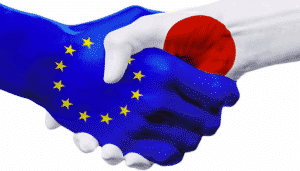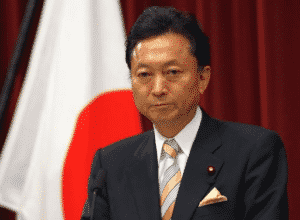The evolution from Hatoyama to Abe administration

By Lorenzo Duca
Japanese translator & market advisor
- 03/12/2021
- 2 minute read

In addition, Nakamura brings us the example of Europe as a winning solution for countries cooperation and refers to Hatoyama’s purpose to create an “East Asia Community” to establish intra-regional cooperative mechanisms in the Asia-Pacific region. Imitating the EU model means to aspire to a steady and continuous growth and this solution should be considered in order to let the Japanese investments become more competitive in a global perspective.
In accordance with Nakamura’s theory, the most recent outcomes have shown the tendency of Japan to open to new foreign investments. Thus, the so-called “Abenomics third arrow” (2012) pointed out the necessity to make the market more attractive for both international and domestic investors and by doing so incentivizes Japan corporations to create greater value to their businesses.
Overall, we can say that the voice of the author criticizes the choices that Japan did in the past, bringing to the reader the idea of a competitive market in a globalized society. However, we have to underline that the article is ten years old and more effective steps in terms of foreign investments have been done during Abe’s administration. Nowadays this situation has evolved, and today Japanese government is trying to make the country more appealing for future foreign investments.



